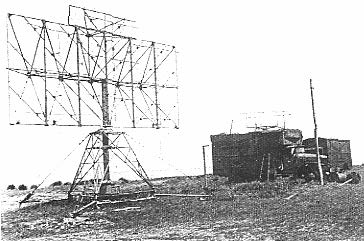The New Yorker has an interesting short piece about al Qeada, this week by Lawrence Wright. It concerns the recent court rulings about NSA metadata collection.
Judge Pauley invoked the example of Khalid al-Mihdhar, a Saudi jihadist who worked for Al Qaeda. On 9/11, he was one of the five hijackers of American Airlines Flight 77, which crashed into the Pentagon. In early 2000, Mihdhar made seven calls from San Diego to an Al Qaeda safe house in Yemen. According to Pauley, the N.S.A. intercepted the calls, but couldn’t identify where Mihdhar was calling from. Relying on testimony by Robert Mueller, the former director of the F.B.I., Pauley concluded that metadata collection could have allowed the bureau to discover that the calls were being made from the U.S., in which case the bureau could have stopped 9/11.
Fair enough but Wright has another point.
But the Mihdhar calls tell a different story about why the bureau failed to prevent the catastrophe. The C.I.A. withheld crucial intelligence from the F.B.I., which has the ultimate authority to investigate terrorism in the U.S. and attacks on Americans abroad.
In August, 1998, truck bombs destroyed two American Embassies, in Kenya and Tanzania, killing two hundred and twenty-four people. Three days later, F.B.I. investigators captured a young Saudi named Mohammad al-‘Owhali at a hotel outside Nairobi. He had fresh stitches in his forehead and bloody bandages on his hands. In his pocket were eight brand-new hundred-dollar bills. Two skilled interrogators, Steve Gaudin and John Anticev, persuaded ‘Owhali to write down the number he called after the bombing. It belonged to Khalid al-Mihdhar’s father-in-law, Ahmed al-Hada, and was one of the most important pieces of information ever obtained in the effort to prevent terrorist acts in the U.S. It became known as the Al Qaeda switchboard.
The title of Wright’s piece is “The al Qeada Switchboard.”
The N.S.A.’s tracking of calls to and from the Hada household allowed the F.B.I. to map the global network of Al Qaeda. But not all the information was shared. In 1999, Mihdhar’s name surfaced in one of the recorded calls, linking him to Al Qaeda. “Something nefarious might be afoot,” an N.S.A. analyst wrote, but Mihdhar’s name was not passed on to the F.B.I.
Read more
